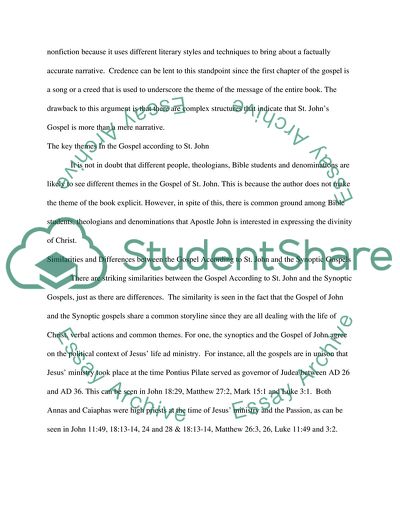Cite this document
(Commentaries on the Gospel according to St John Essay, n.d.)
Commentaries on the Gospel according to St John Essay. Retrieved from https://studentshare.org/religion-and-theology/1823270-examine-the-gospel-according-to-john
Commentaries on the Gospel according to St John Essay. Retrieved from https://studentshare.org/religion-and-theology/1823270-examine-the-gospel-according-to-john
(Commentaries on the Gospel According to St John Essay)
Commentaries on the Gospel According to St John Essay. https://studentshare.org/religion-and-theology/1823270-examine-the-gospel-according-to-john.
Commentaries on the Gospel According to St John Essay. https://studentshare.org/religion-and-theology/1823270-examine-the-gospel-according-to-john.
“Commentaries on the Gospel According to St John Essay”, n.d. https://studentshare.org/religion-and-theology/1823270-examine-the-gospel-according-to-john.


